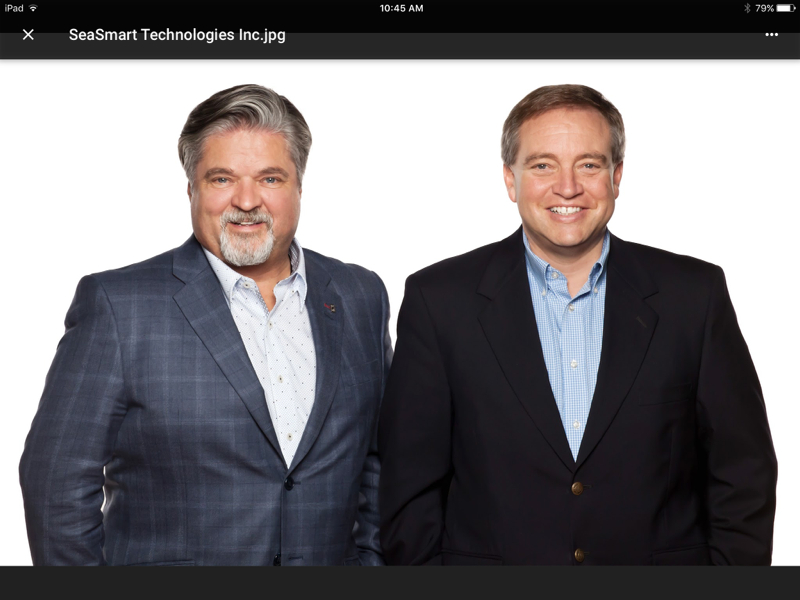When Premier Stephen McNeil toured the Volta Labs startup house in Halifax last month, one company that seemed to catch his eye was SeaSmart Technologies, a new oceantech company based in Mahone Bay.
SeaSmart is the sort of company that oceantech proponents had in mind when they conceived of the supercluster. At the outset, its technology will improve the efficiency of a traditional industry — the East Coast lobster fishery. But as it grows, its founders believe it can use the data it collects to produce predictive analytics and it hopes to improve other industries, such as the crab fishery in Asia.
Led by CEO Mark Lowe, the SeaSmart team has developed “smart lobster traps” that contain sensors to tell whether lobsters have entered the trap. The system tells fishermen, while they are still on dry land, whether there is enough product in their traps to justify going out to sea to harvest them.
“It’s a decision-making tool,” said vice-president Jim Richard in an interview Tuesday. “If we get the information in their hands on whether they should go out, they can decide whether they should go out for four hours or eight hours or wait for another day.”
Going out to check lobster traps is always expensive, given the labour and fuel costs. Richard estimates the North Atlantic fishery between Newfoundland and Boston goes through $300 million to $400 million in fuel each year. By telling fishermen how much they’ve caught, SeaSmart can reduce costs and the industry’s carbon footprint.
The product can even tell fishermen late in a trip whether the traps they laid earlier that day are full or empty — meaning they can be harvested or relocated.
“All of a sudden they’ve doubled their productivity for that day without even leaving the fishing ground and going back to the wharf,” said Lowe. “Because there’s no limit on where they put their traps, once you find a really hot zone they want to concentrate on it.”
The product can also tell lobster buyers back on the wharf and the processing plants what a day’s overall catch will look like, so they can plan before the boats return.
Island AquaTech Prepares its Prototype
Lobsters tend to go where the underwater biomass is located, but that biomass moves around the ocean floor. The company is looking into using the data it collects to make predictions on how the feeding grounds move to improve the profitability of the industry.
The SeaSmart team — which includes mechanical engineer Jordan Braun and electrical engineer Sam Harrison — is now testing the product in tanks, and is planning open-sea testing in the spring. Lowe has had discussions with accelerators in New England but is reluctant to accept equity investment (which many accelerators require) before he raises the value of the company. SeaSmart has just gone through the Propel ICT accelerator and will present at the group’s Demo Day in Fredericton on Jan. 23.
Last year SeaSmart was a co-winner of the Marine Technology Entrepreneurship Competition in Halifax, which secures the company a relationship with the marine technology community in Qingdao, China. Lowe, who is also a founder of Lobsters Made Easy, said the connections could prove useful because the Chinese are huge buyers of seafood and SeaSmart wants to expand internationally.
“For all the traffic in lobster, it’s a small industry compared to the crab fishery and most of it is in Southeast Asia.”










